6 Strength Training Moves for Lean Muscle Tone at 60+
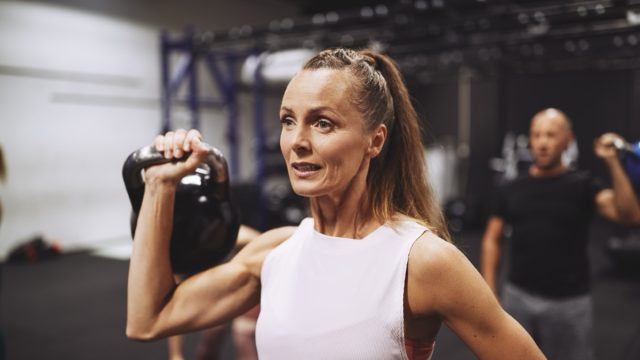
Just because you are getting older doesn't mean you can skip your workout. As you age, it is actually more important than ever to build muscle – especially if you want to avoid injury. Nikolai Puchlov, Head Coach & Founder of Pro Kettlebell, offers Body Network a guide to strength training at age 60 with six moves, all of which can be done with a kettlebell. "Growing stronger with age is a pursuit worth embracing," he says. "You may be 60 years young, but you don't need to succumb to atrophy. Let me share with you six invigorating strength training moves tailored for seasoned individuals like yourself."
The Squat Curl
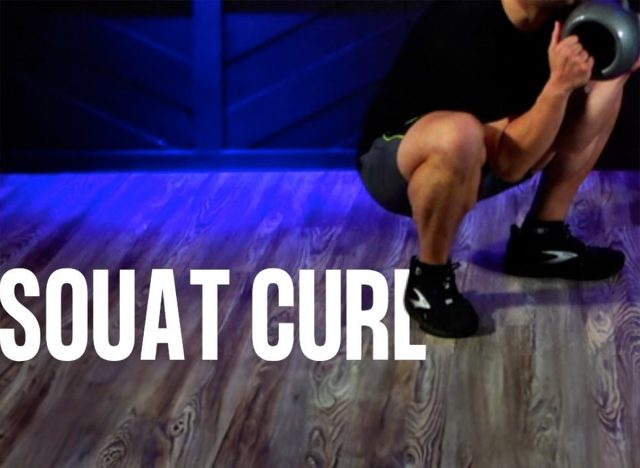
"The squat curl is a fantastic exercise that not only strengthens your biceps but also improves ankle and hip mobility," says Nikolai. Here's how to do it:
- Use a kettlebell with a two-handed grip.
- Sit down into a deep squat, aiming for the full range of motion.
- Optionally, use a low stool to assist in maintaining proper form.
- Perform curls from this position, keeping shoulders, elbows, and wrists aligned.
Narrow Push-Ups
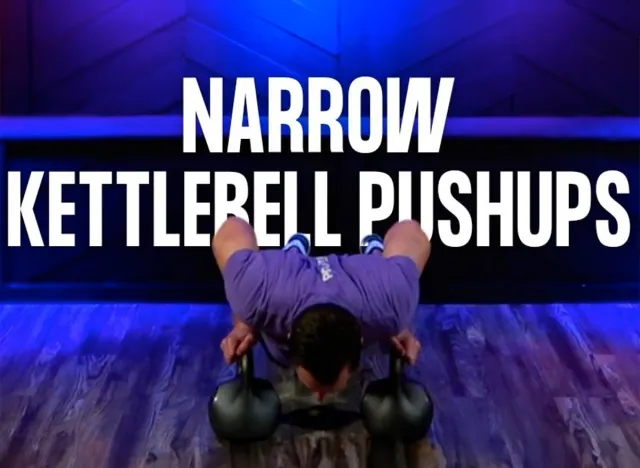
Nikolai recommends this exercise for the upper body.
- Position your hands directly under the shoulders, elbows snug against the ribs.
- Feel the burn as you perform push-ups, perhaps elevating your hands on kettlebells for an extra challenge.
Twisted Pullovers
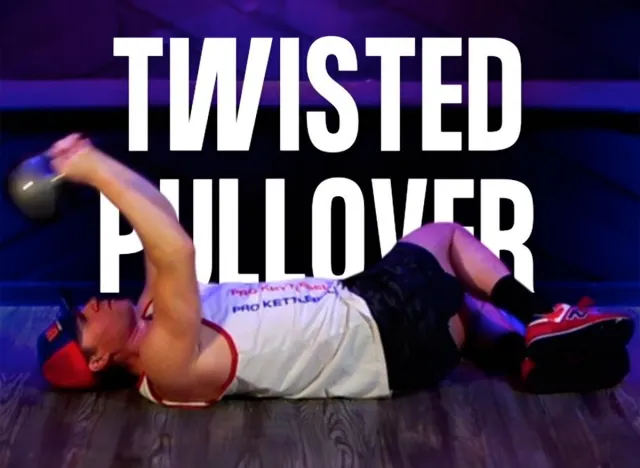
"Improve lat strength and back mobility with twisted pullovers," says Nikolai.
- Lie on your back with knees bent and legs twisted to one side.
- Hold a kettlebell with both hands and perform a C-shaped motion from overhead to your lower chest.
- Maintain parallel forearms throughout the movement.
RELATED: #1 Best Cardio Tip For People Over 40
The CPR Crunch
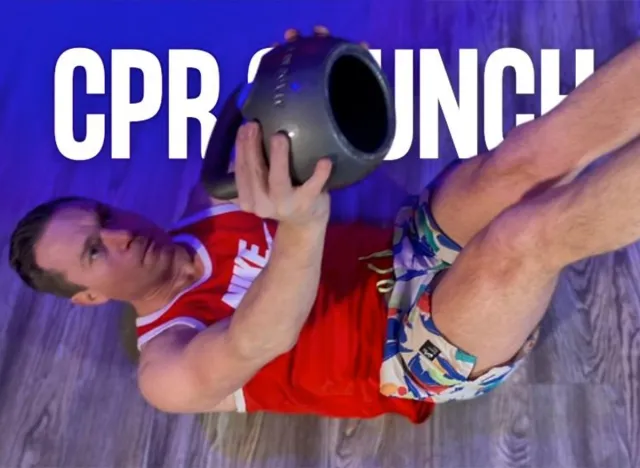
No more "jelly belly" with the CPR crunch, says Nikolai.
- Lie down, legs raised, and grasp a kettlebell with locked arms.
- Pulse through short crunches, engaging those abs and aiming to lift just enough to feel those shoulder blades leave the mat.
Loaded Stop Squats

If you want "legs like oak trees," do the loaded stop squat, Nikolai recommends.
- Hold that kettlebell and squat.
- Pause at the bottom for a moment of reflection before rising again.
Suitcase Deadlifts
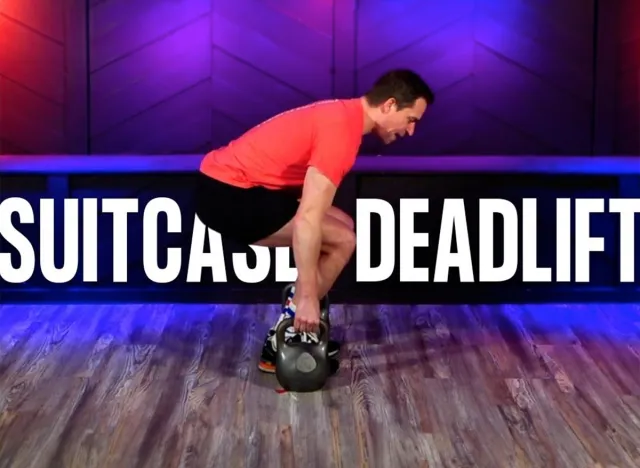
"Build overall strength with suitcase deadlifts," says Nikolai.
- Stand between two kettlebells.
- Keep the kettlebells between your heels and toes.
- Maintain a flat lumbar and upright posture as you lift and lower the kettlebells.
Here Is Why Exercise Is Important for Older Adults
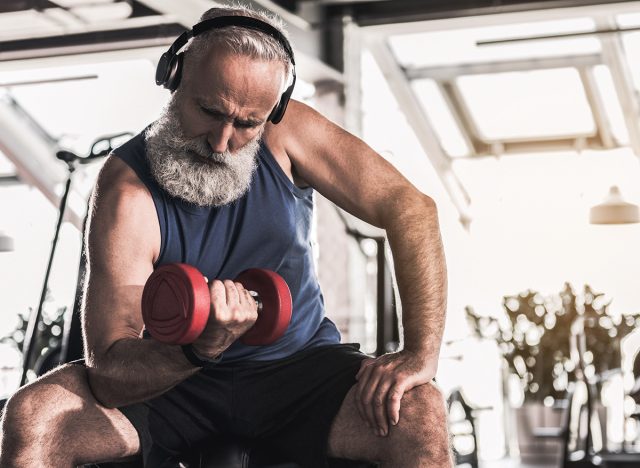
According to the Centers for Disease Control and Prevention (CDC) regular physical activity is one of the most important things you can do for your health if you are an older adult. "It can prevent or delay many of the health problems that seem to come with age. It also helps your muscles grow stronger so you can keep doing your day-to-day activities without becoming dependent on others," they say.
RELATED: Andrea Simulus Reveals "Best Program for a Lean and Sculpted Body"
Here Is How Much Exercise You Need

The CDC recommends that adults aged 65 and older get at least 150 minutes a week of moderate-intensity activity, such as brisk walking, or 75 minutes a week of vigorous-intensity activity, such as hiking, jogging, or running. They also need at least two days a week of activities that strengthen muscles.
💪🔥Body Booster: If you are over age 65, aim for two strength training workouts per week.




